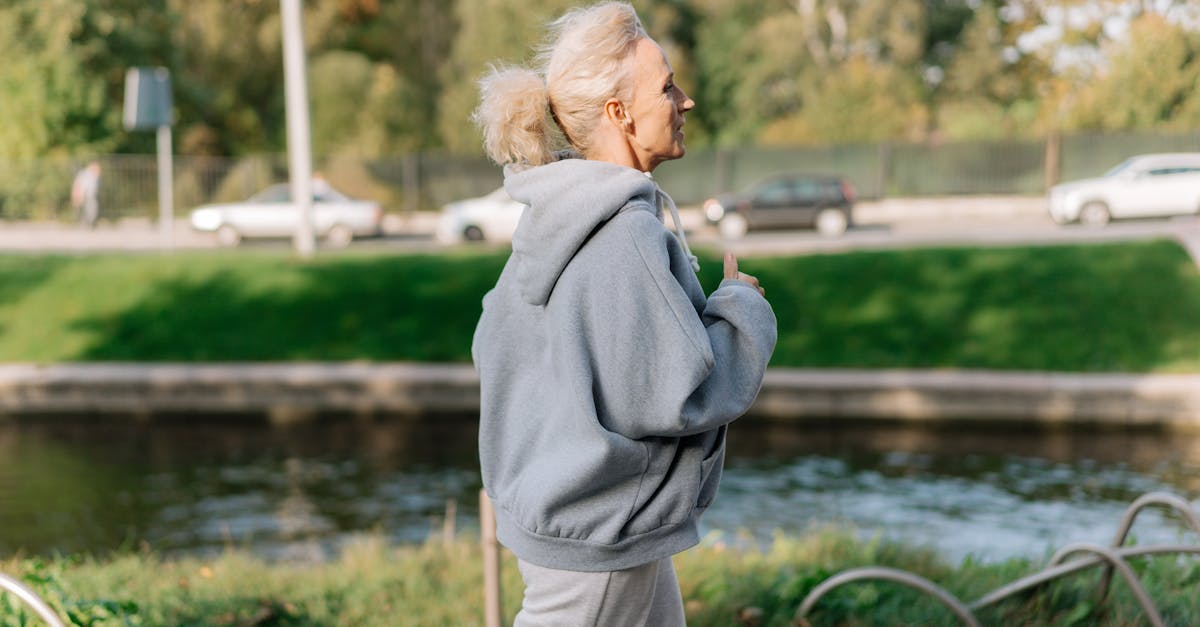Planning community health fairs in parks is a powerful way for us to promote wellness and connect with our neighbors.
These events bring together local residents and health professionals to foster a culture of well-being.
In our upcoming article, we’ll investigate into the essential steps for organizing successful health fairs in park settings.
From selecting the ideal location to engaging vendors and creating impactful health awareness activities, we’ll guide you through the process.
Stay tuned as we explore the benefits of these events and share practical tips for making them a resounding success.
Let’s empower our communities to prioritize health and come together in the great outdoors.
Key Takeaways
- Selecting the ideal park location is crucial for the success of a community health fair; consider size, accessibility, amenities, and proximity to healthcare facilities.
- Engaging health professionals and vendors adds value to the event by providing a wide range of resources and services to attendees.
- Designing health awareness activities like interactive games, workshops, and group sessions can make a big impact on promoting physical and mental well-being.
- Promoting the community health fair through various channels like local newspapers, social media, collaborations with organizations, influencers, and well-known figures is essential for reaching a wider audience.
- Ensuring a successful event day involves early setup, coordination with vendors and volunteers, keeping to schedules, clear communication, emergency preparation, and overall attention to detail for a memorable experience.

Selecting the Ideal Park Location
When choosing a park for a health fair, consider the size and accessibility. Opt for parks with ample space for booths and activities. Ensure it’s easily reachable by public transport and has sufficient parking options nearby.
Look for parks with amenities like restrooms, shaded areas, and water fountains for attendees’ comfort. Also, assess the park’s layout to ensure a smooth flow of foot traffic between different sections of the event.
Consider the park’s proximity to healthcare facilities in case of emergencies. A park with easy access to medical services can enhance safety and provide peace of mind to attendees.
Remember, selecting the right park location is crucial for the success of your health fair. It sets the tone for the event and influences community participation.
For more insights on choosing the best park location, check out these resources on Healthy Parks, Healthy People and Park Pride.
Engaging Health Professionals and Vendors
When it comes to organizing community health fairs in parks, Engaging Health Professionals and Vendors is vital. Here’s how we make it happen:
- Inviting Health Professionals: We reach out to local doctors, nurses, and specialists to offer their expertise.
- Partnering with Vendors: Collaborating with vendors for health products and services adds value to the event.
By involving health professionals and vendors, we ensure a wide range of resources and services are available to attendees. For further inspiration, check out tips from Healthy Parks, Healthy People and Park Pride.

Designing Health Awareness Activities
When planning community health fairs in parks, engaging activities can make a big impact. Consider setting up booths with interactive games or workshops, like healthy cooking demos and fitness classes.
Encouraging participants to join group activities like yoga sessions or nature walks can promote physical and mental well-being. Don’t forget to include informative sessions on topics like nutrition and stress management.
Partnering with local organizations or health experts can add value to the event. They can leaddiscussions, provide health screenings, or offer free resources. Check out the CDC for more ideas on creating engaging health activities.
Promoting the Community Health Fair
When it comes to promoting our community health fair, engagement is key. We should spread the word through local newspapers, community bulletin boards, and social media. Creating eye-catching flyers and posters to distribute in various locations around town can also help draw attention to the event. Also, reaching out to local radio stations or websites for event listings can broaden our reach.
To further amplify our promotion efforts, collaborating with like-minded organizations and sharing information about the event on their platforms can attract a wider audience. Also, creating a buzz by inviting local influencers or well-known figures to attend and promote the health fair can generate excitement and interest among community members.
Remember, the more people are aware of the event, the more successful and impactful it can be. Let’s work together to ensure that our community health fair reaches and benefits as many individuals as possible.
For more promotion ideas, check out tips from Healthline and American Heart Association.

Ensuring a Successful Event Day
On the big day, we need to make sure everything runs smoothly. Arriving early to set up booths and activities is key. It’s essential to coordinate with vendors and volunteers to guarantee they have all they need. Keeping an eye on schedules is vital to ensure activities start on time. Engaging signage can guide attendees, while clear communication among team members is crucial. We must also prepare for emergencies by having a first aid kit on standby. Ensuring all aspects of the event are in place will help create a memorable and enjoyable experience for everyone.
Remember, it’s essential to feel prepared, so don’t forget to cross-check everything on the day of the event. Here’s a checklist to ensure success on the event day:
| Arrive early to set up booths and activities | Coordinate with vendors and volunteers |
|---|---|
| Keep an eye on schedules and ensure activities start on time | Engage signage to guide attendees |
| Maintain clear communication within the team | Prepare for emergencies with a first aid kit |
| Ensure all aspects of the event are in place |

